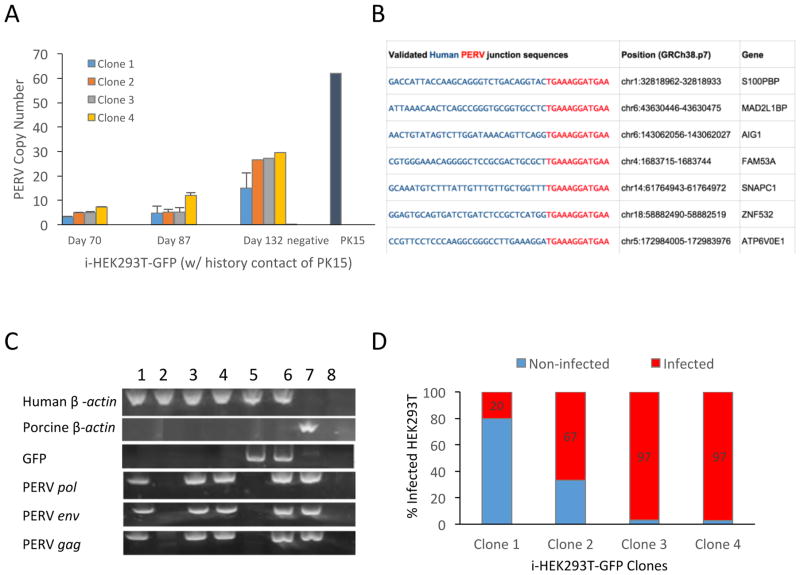Figure 1. Pig-to-human and human-to-human PERVs transmission.
A) PERVs copy number in infected human cells increases over time when co-cultured with PK15 cells. Human HEK293T-GFP cells were co-cultured with equivalent numbers of pig PK15 cells for one week. HEK293T-GFP without any contact of PK15 cells were used as negative control (negative). B) Detection of PERVs insertion sites in human genome. Among the 22 PERV insertion sites detected by inverse PCR, 15 were mapped to the intragenic region. We tested a portion of the intragenic hits and validated 7 out of 12 by junction PCR (shown here). The 30bp human genomic sequences are shown in blue, whereas the PERV LTRs are shown in red. C) Detection of human-to-human PERVs transmission. Individual clones of HEK293T were grown from the single cells isolated from the co-culture of i-HEK293T-GFP with HEK293T through flow cytometry. The PCR gel image showed that 3 out of 4 randomly tested HEK293T clones were infected, which contained PERVs sequences (PERV pol, env, and gag), but no sequence of GFP or pig genomic DNA (tested by pig specific GGTA). Sample orders are: 1) HEK293T clone 1; 2) HEK293T clone 2; 3) HEK293T clone 3; 4) HEK293T clone 4; 5) HEK293T-GFP control; 6) i-HEK293T-GFP; 7) PK15 WT; and 8) negative. D) Four different i-HEK293T-GFP clones have different infectious potential. Four infected parental i-HEK293T-GFP clones are co-cultured with WT HEK293T. The PERV copy number of the 4 parental i-HEK293T-GFP clones are 15, 28, 27 and 28, respectively. The percentages of the infected WT HEK293T clones from the co-culture of i-HEK293T-GFP and WT HEK293T varied from 20% to 97%. Primers used are listed in the Methods Table 1.

